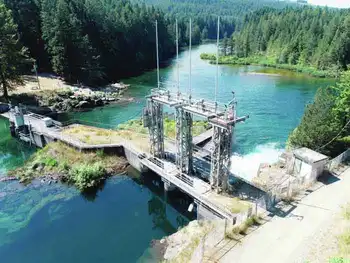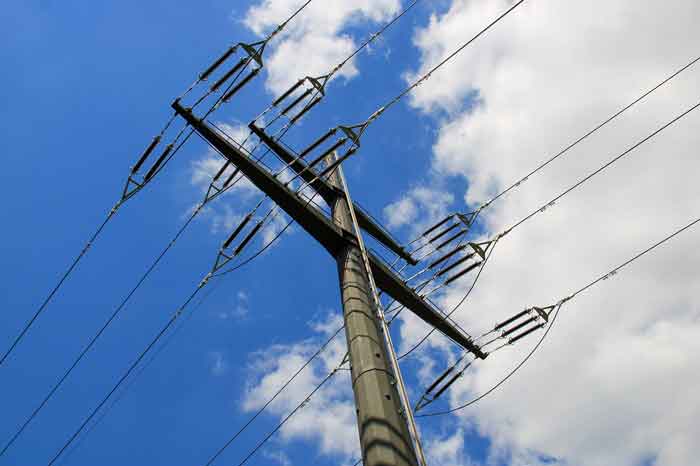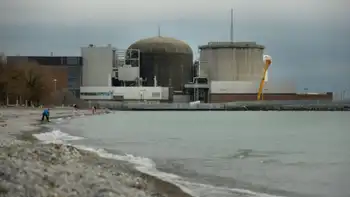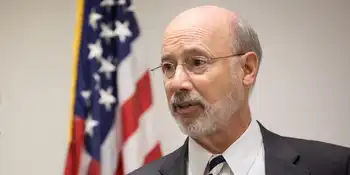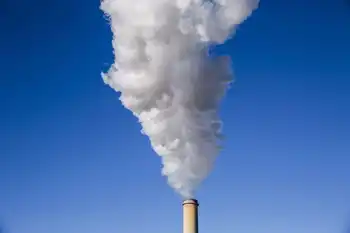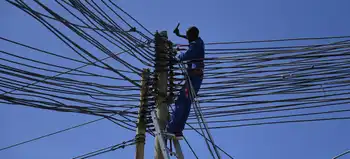Modernized energy infrastructure would power economic recovery
By Investor's Business Daily
High Voltage Maintenance Training Online
Our customized live online or in‑person group training can be delivered to your staff at your location.

- Live Online
- 12 hours Instructor-led
- Group Training Available
The administration's plans may prove difficult to realize, however, without forceful leadership to remove the legal and regulatory obstacles that make it all but impossible to build anything that has to do with power generation or transmission in this country.
The president and his advisers are of course right on the critical need to modernize our energy infrastructure. Losses on our overburdened transmission lines have almost doubled since 1970, meaning 10% of all the electricity we generate is simply wasted — and our economy takes a financial hit of $25 billion to $180 billion each year.
The problem extends beyond the grid to the aging power plants that produce electricity. Most of our generation facilities are 30 or more years old, and many will soon have to be retired. Not surprisingly, the average efficiency of these plants is extremely low — 33% — essentially the same as it was half a century ago.
These declines are taking place at the same time the demand for energy is exploding.
It's estimated that our economy will need 30% more energy in the next 20 years — and that's without the transition to electrically powered transportation that will be necessary to reduce greenhouse emissions and cut our dependence on foreign oil.
This timeline may be extended a year or two because of the current economic environment, but it's clear our economic growth will be contingent on greatly increased supplies of energy.
Clearly, a new infusion of capital could help. But money alone won't solve our problem, which is a legal and regulatory environment weighted on the side of local obstruction and advocacy groups with a general antipathy to new energy production.
Numerous plans for new transmission lines, natural gas terminals and even renewable energy sources such as wind farms have been scuttled because builders couldn't get siting approval, often because of opposition from well-financed activist groups and their teams of lawyers.
If we're ever going to realize our hopes for renewable energy — if we're going to build wind and solar and produce biofuels on the scale we need — we'll have to start doing business differently when it comes to siting and permitting.
We have to make some reasonable compromises and develop a regulatory framework that puts an end to the interminable, futile battles that occur whenever we try to build an energy facility or lay a transmission line.
This will be especially critical to building the smart grid that renewables require — one that can efficiently direct supply in response to changing load conditions and accept micro energy production from passive household and industrial solar generators while it supplies power to those consumers.
We also cannot afford to limit growth exclusively to renewable sources of energy, as hopeful as they are. Solar and wind are promising technologies, but they supply such a small fraction of our energy needs — less than half of 1% — that even a dramatic expansion will make a small dent in our looming energy deficit.
That's why the same regulatory improvements and red-tape-cutting efforts should be applied to the construction of larger-scale facilities.
These should include nuclear. It's safe, clean and produces zero CO2 emissions.
Critically, this administration must take the lead in finding a solution to the impasse over nuclear waste disposal. The problem is solvable if we have the political will to do it.
Unless we face up to the real-world obstacles of permitting, siting and building, we may find ourselves trying to climb out of the current downturn without the adequate energy reserves we need to compete in the world economy.
It's estimated that China will add 800,000 megawatts of generating capacity of all kinds — nuclear, coal, oil, natural gas — in a decade or less. That's the equivalent of the entire electrical capacity of Europe. Our present plans pale in comparison.
It's time we start getting our shovels moving too — or we run the danger of being left in the dust when our economic troubles end and other countries power off into the future ahead of us.





